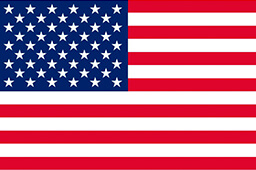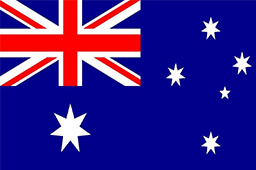Black inventors are responsible for countless contributions to our society, including modern traffic lights, carbon filaments in light bulbs, color PC monitors, glaucoma treatment, and home security systems.
These inventions, and more, have changed the way Americans live their daily lives.
In the realm of clothing and fashion specifically, black inventors and designers have contributed immensely to the ways we construct our garments and the styles in which we wear them.
Here are six of the most influential black visionaries that have impacted the history of fashion.
Jan Ernst Matzeliger
Making shoe production a breeze.
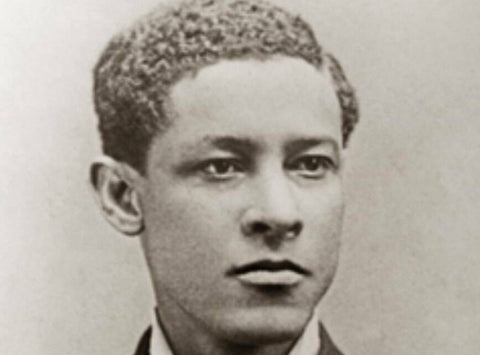
Jan Ernst Matzeliger was born in South America on his father’s plantation, where his mother was enslaved. At a young age, he displayed a remarkable talent for machinery and mechanics.
Eventually, he immigrated to Pennsylvania, where he found work at a shoe factory. At that time, shoes were made by hand. A mold (called a “last”) was taken of the customer’s feet so that the shoes could be sized and shaped properly.
The hardest part was assembling the soles to the upper shoe, as it required serious skill and was believed to only be capable of being done by human hands. Matzeliger proved this wrong.
In 1883, he successfully invented the shoemaking machine that countless other inventors before him couldn't get right. The "Lasting Machine" quickly assembled the top of the shoe to the sole.
This made shoe production much faster and more cost effective. In short, Matzeliger’s machine revolutionized the shoemaking industry. He soon became a founder of the company built around his invention, the Consolidated Lasting Machine Company.
Thanks to Matzeliger’s solution to what we once thought impossible, shoes were made affordable to the masses and ultimately created more jobs as well.
Zelda Wynn Valdes
Dressing the stars and creating iconic looks we all know today.
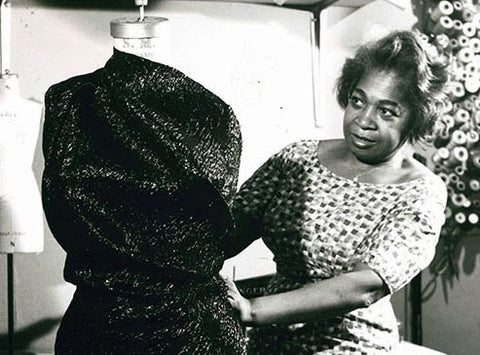
Zelda Wynn Valdes, born in 1905, began her career at the peak of Jim Crow when black dressmakers earned the lowest wage in their industry.
However, with her eye for design, attention to detail, and extreme technical precision, Valdes made a name for herself and became a sought-after seamstress. This led her to open her own boutique.
Valdes could turn satin, silk organza, and knit jersey into stunning evening gowns, earning her the patronage of stars like Ella Fitzgerald. Although, Valdes is probably more well known as the initial creator of the iconic Playboy Bunny costume.
She also created bridal gowns and dresses that could transition easily from day to night wear. Her boutique quickly became a hot spot for socialites, wives of famous black men, and famous stars including Edna Mae Robinson and Josephine Baker.
Patrick Kelly
Combining high-end fashion with a powerful message.
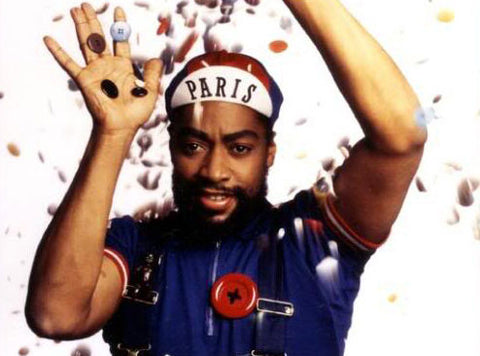
Patrick Kelly was among the first designer sensations in Paris. He was also the first American to join the Chambre Syndicale du Prêt-à-Porter, which is a prestigious house of couture and ready-to-wear fashion.
Kelly’s designs featured playful embellishments, like bright buttons, ribbons, and even faces. He even went on to openly challenge and confront racism, even intentionally sending a model down the runway in 1985 in a dress printed with blackface.
Throughout his career, Kelly continued to produce chic garments and challenge the status quo.
Jay Jaxon
Paving the way for black American fashion designers.

Jay Jaxon, born in New York in 1941, came into the fashion industry on accident through his seamstress girlfriend. At the age of 24, he began training under coveted names like Yves Saint Laurent and Christian Dior in Paris.
By 1965, he was running the entire house of Jean-Louis Scherrer, trying to reinvent and thus save the failing brand. This endeavor made Jaxon the first black American couturier. Unfortunately, the Jean-Louis Scherrer eventually met its end, but Jaxon still went on to have a successful fashion career.
His designs were sold in luxury department stores like Bonwit Teller and Bendel's. Jaxon would later work on the popular television shows "Ally McBeal" and "American Dreams."
Thomas L. Jennings
Paving the way for black inventors to own their creations.
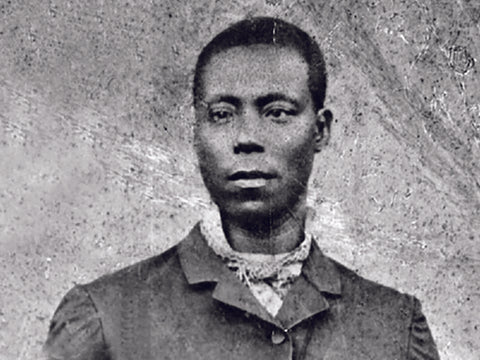
Thomas L. Jennings, born in 1791, was the first African American to receive a patent in the U.S. His invented method, “dry scouring”, not only changed the way people dry cleaned their clothes, but helped establish a path for future black inventors to gain sole ownership rights to their inventions.
Jennings patented his method in 1821, just four years before Parisian tailor Jean Baptiste Jolly patented his own method and started what many claim was the first dry cleaning business.
Unfortunately, people objected to a black man receiving a patent. However, Jennings found a loophole. He was a free man.
During this time, U.S. patent laws stated slaveholders were the official owners of any and all labor byproduct of the enslaved, both manual and intellectual. Essentially, this meant the enslaved couldn't legally own their ideas or inventions.
Yet since Jennings was a free man, he was able to obtain the rights to his invention. Decades later, Congress extended patent rights to all black Americans, both enslaved and freed.
Most importantly, Jennings used the money he earned from his invention to free the rest of his family and donate funds to abolitionist causes.
Ann Lowe
Inspiring New York City’s most popular fashion trends.

Ann Lowe is the designer responsible for creating Jackie Kennedy’s iconic wedding dress for her marriage to JFK in 1953. Lowe constructed the dress from 50 yards of silk taffeta. Not only that, but the original dress was destroyed just ten days before the wedding when a water line broke in her studio and ruined the gown and the bridesmaids dresses.
Incredibly, Lowe remade the entire wedding gown and all ten bridesmaids dresses in time for the wedding. And yet, her name didn’t receive justice for the work she did. The Washington Post only had this to say, “… the dress was designed by a Negro, Ann Lowe.”
In addition to Jackie Kennedy, Lowe’s clientele also included legendary New York families like the Rockefellers and Vanderbilts. She also constructed the dress actress Olivia de Havilland wore when she accepted the Oscar for Best Actress in 1946.
In the 1960s, Lowe became a trailblazer for black female fashion designers when she opened her own boutique section in the Saks Fifth Avenue store on Madison Ave. in New York City.
Today, the Metropolitan Museum of Art, the Black Fashion Museum, The Smithsonian, and fashion lovers commemorate Lowe’s body of work and influence on New York fashion.
Without these black visionaries, we would have had to wait for efficiency improvements and iconic stars wouldn’t have received the widespread attention their garments inspired. History and fashion have a lot to be thankful for on behalf of the contributions from black Americans.

